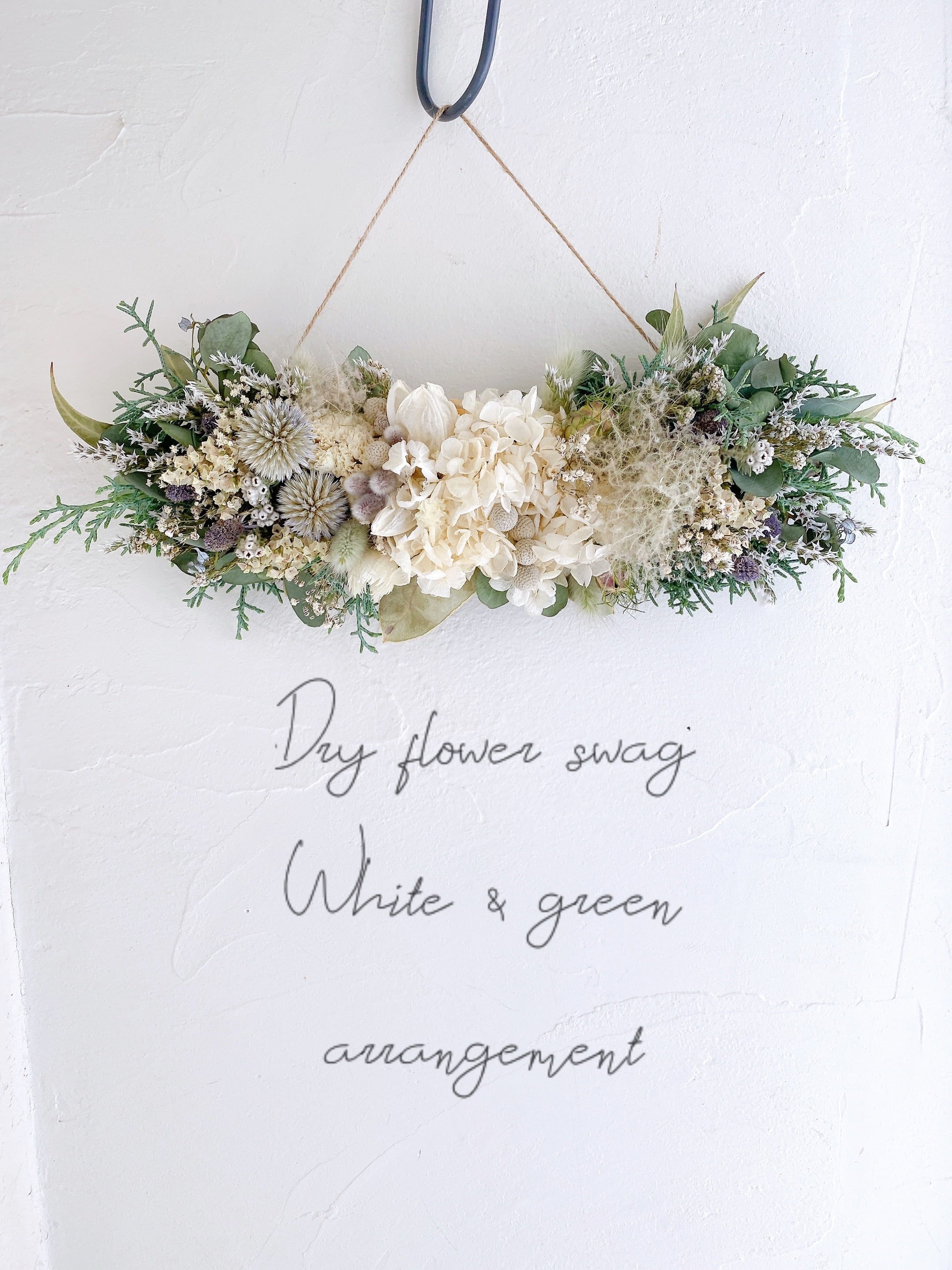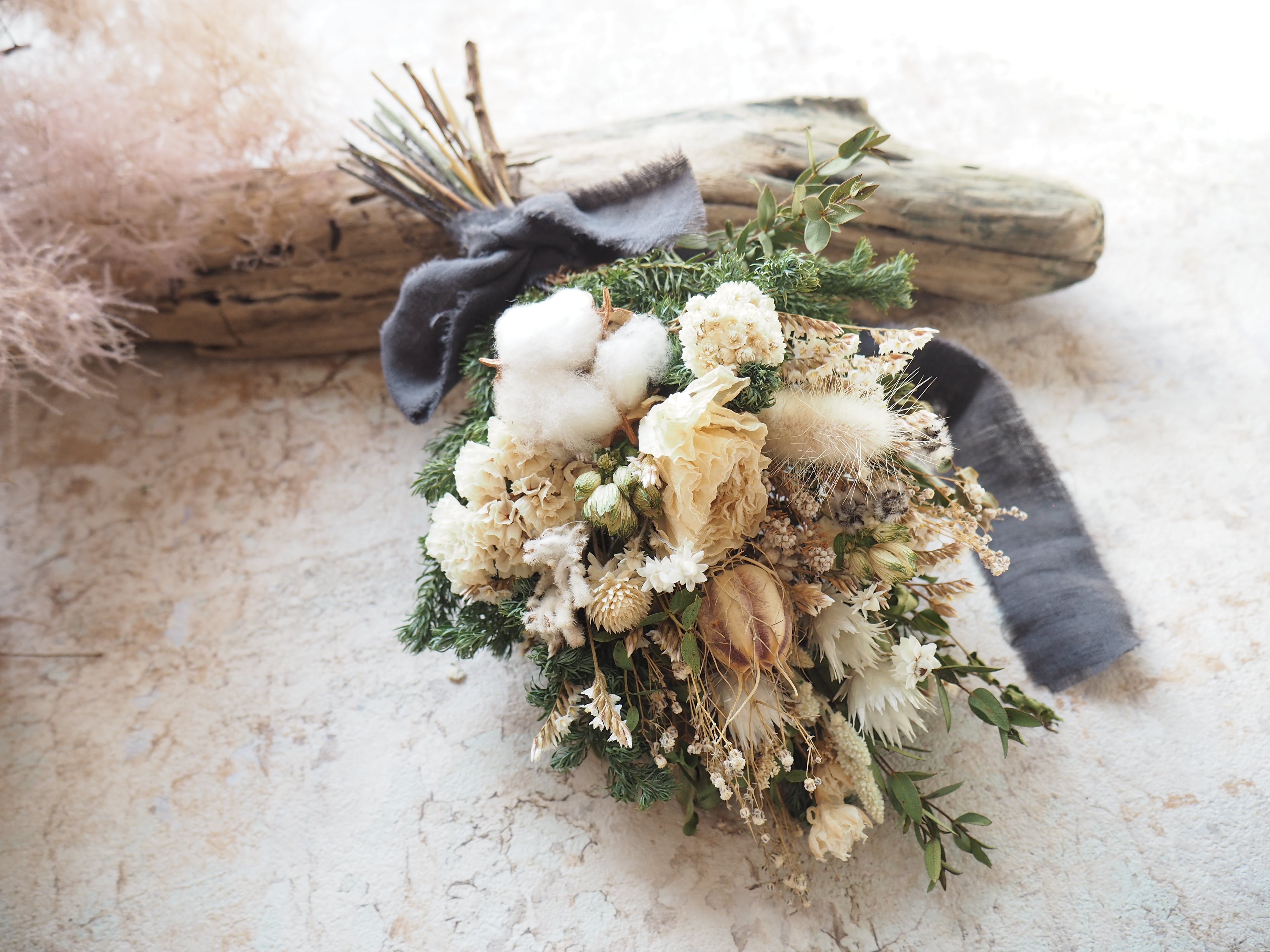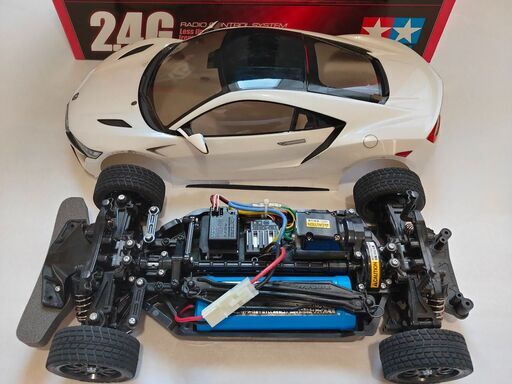商品の詳細
商品の説明

ドライフラワー クリスマス 横長スワッグ ウィンタースワッグ

ドライフラワー 横長スワッグ 横型 ハーフリース ナチュラル ボタニカルスワッグ - 日用品/インテリア

ドライフラワー 横長スワッグ 横型 ハーフリース ナチュラル ボタニカルスワッグ - 日用品/インテリア

ドライフラワー 横長スワッグ 横型 ハーフリース ナチュラル ボタニカルスワッグ - 日用品/インテリア

ドライフラワー クリスマス 横長スワッグ ウィンタースワッグの通販 by Aya flower プロフィール必読 |ラクマ

ドライフラワー 横長スワッグ 横型 ハーフリース ナチュラル ボタニカルスワッグ - 日用品/インテリア

ドライフラワー 横長スワッグ 横型 ハーフリース ナチュラル ボタニカルスワッグ - 日用品/インテリア

ドライフラワー 横長スワッグ 横型 ハーフリース ナチュラル ボタニカルスワッグ - 日用品/インテリア

ドライフラワー 横長スワッグ 風 クリスマスリース

ドライフラワー 横長スワッグ 横型 ハーフリース ナチュラル ボタニカルスワッグ - 日用品/インテリア

2024年最新】横型リースの人気アイテム - メルカリ

飾り方いろいろ*パームフラワーとパンパスグラスの横長スワッグ(全長約60cm) ドライフラワー Natural Craft 通販|Creema(クリーマ) 17711864

優れた品質 ✽* ボタニカルなガーランド✽*ガーデン72✽*横長スワッグ45cm フラワー/ガーデン - powertee.com
最新のクチコミ
玄関整理するために二つ購入。
組み立てはゆっくりきちんと組み立てても30分あれば完成します。
組み立ての際に自分の力じゃ奥まで差し込めなかったので金槌で軽くトントンしたら奥まで差し込めました。奥まできちんと差しこめば10段あってもそんなにぐらつかないと思います。
※粗品が三つもはいってました。個人的には嬉しい粗品でした。
- LBL*****さん
- 57歳
- アトピー
- クチコミ投稿 1件
購入品
162センチ普段5号サイズ着用しています。XSピンクを購入しました。
普段サイズ選びにかなり苦戦しますが、フィット感、丈感全てがバランスよく満足です。身長高めで痩せ型の人は、なかなかここまで体型に合うものがないと思うので、おススメします。
ただ色味が写真とは違って、ピンクではなくサーモンピンクです。
写真だとエレガントな淡いピンクですが、カジュアル寄りなサーモンピンクで私のイメージとはだいぶ違ったのでカラー交換をお願いしました。
お店の方が迅速丁寧な素晴らしい対応でした。とても好印象です。
カラーで迷われる方は、無難な色をチョイスした方が間違いないかもしれません。私は結果、紺色にしました。形が綺麗なので、その方がどの場面でも使いやすいと思います。
- KBF*****さん
- 32歳
- アトピー
- クチコミ投稿 3件
購入品
マグネットがしっかりしていて、シャンプー・コンディショナー・ボディソープのボトルを置いてもずれる心配がありません。
まだつけたばかりで耐久性はわかりませんが、towerシリーズということもあり、期待しています。
- GJT*****さん
- 59歳
- アトピー
- クチコミ投稿 3件
購入品
40代甥っ子の結婚式に着用しました。
パール4との相性も良く上品な感じでお値段の割に満足です
- FAP*****さん
- 18歳
- アトピー
- クチコミ投稿 3件
購入品
まだ変化はしていませんがインテリアとして購入してみました。
- JNI*****さん
- 55歳
- アトピー
- クチコミ投稿 2件
購入品
306996-20210613-00477702
比較的スムーズに設定ができました。画面が大きく見やすいです。機能についても満足できるものです。何よりも商品を迅速に受け取れ、気持ちのいい取引ができたことが嬉しく思います。使っていて使い心地もよいです。
- MZB*****さん
- 19歳
- アトピー
- クチコミ投稿 3件
購入品
ハンドメイド・日用品/インテリア・ハンドメイド・日用品/インテリア
-
-
2

更衣室のマル秘ゴミ
更衣室のマル秘ゴミ
¥5,544
-
4

ツイン蛍光灯
ツイン蛍光灯
¥1,500
-
5

八代花火大会 ドライブインS 10月15日
八代花火大会
¥25,000
この商品を見ている人におすすめ
-
-

馬場ふみか
¥20,000
-

キャプチャーボード
¥14,000
-

【走行2・3回のみ】タミヤ
¥16,780
-

モンスター
¥1,500
-









